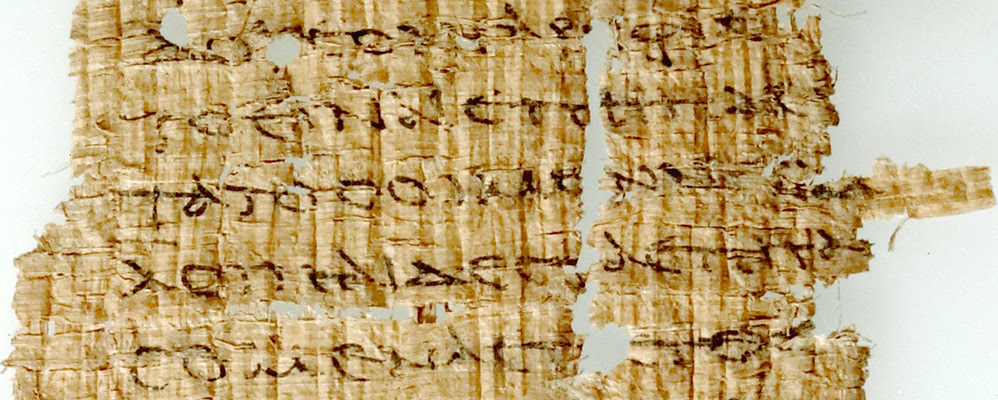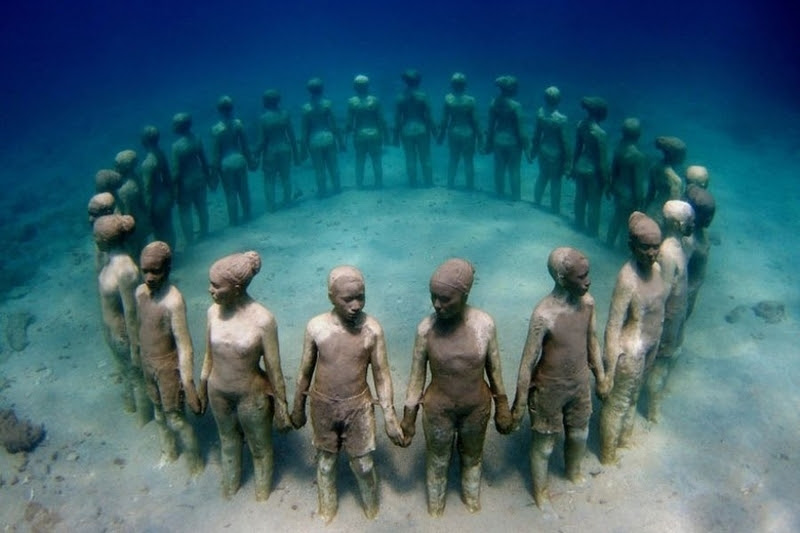The Rosetta Stone in 1799: on July 15, 1799, a French soldier belonging to Napoleon’s Egyptian expeditionary corps noticed a fragment of a stele in the city of Rosetta, near Alexandria. This fragment which presents a pharaonic edict in three languages, Greek, Demotic, a simplified variant of hieroglyphs, and hieroglyphs, allowed the Englishman Thomas Young and the Frenchman Jean-François Champollion to decipher the hieroglyphs. The Rosetta Stone became a British possession and is on display at the British Museum.
The temples of Abu Simbel in 1813: the construction of the temples in Nubia, in the South of Egypt was decided by Ramses II and realized between 1264 and 1244 BC. The largest temple is dedicated to Ramses II and the smallest to Queen Nefertari. The temples were discovered by the Swiss explorer Jean-Louis Burckhardt and first visited by the Italian Giovanni Belzoni. They were dismantled and rebuilt between 1964 and 1968 as part of the construction and impounding of the Aswan Dam.
The tablets of Amarna in 1887 : Amarna was the capital of the pharaoh Akhenaten and abandoned at his death in 1338. From 1887 onwards, 382 tablets were discovered, written in Akkadian cuneiform and representing the correspondence between the pharaohs and foreign courts such as those of Babylon, the Assyrians or the Hittites. In 1912, the bust of Nefertiti, wife of Akhenaten, was also discovered.

The papyri of Oxyrhinque in 1898: important city from the Ptolemy dynasty, Oxyrhinque has kept buried in the sand a great number of used papyri. About 5000 documents give information on daily life, writings of ancient authors or biblical texts
The pharaonic cache of Deir El-Bahari in 1899: the site, located on the banks of the Nile opposite Luxor and overlooking the funerary temple of Hatshepsut, was used under Ramses IX, around 1125 BC, to protect from looters the mummies and treasures of more than fifty queens and kings of Egypt. The cache included for example the mummies of Ramses II, Ramses I, Sety I, Amenhotep or Thutmose.
Tutankhamun’s treasure in 1922: the tomb of Akhenaten’s son was discovered in the Valley of the Kings opposite Luxor by the English archaeologist Howard Carter and constitutes one of the major discoveries of the 20th century. The entire finds have been preserved in Egypt and archaeologists still hope to find hidden chambers.
The royal tombs of Tanis in 1946: Tanis became the capital of the pharaohs of the XXIst and XXIInd dynasties who reigned over Lower Egypt between 1070 and 664 BC. The tombs of the pharaohs are discovered by the French Egyptologist Pierre Montet.
The royal boat of Khufu in 1954: the Egyptian Egyptologist Kamal el-Mallakh discovered at the foot of the Great Pyramid of Giza five boat pits, two of which still contained their ship. One of the boats could be reconstructed from 1,224 elements and measures 43.4 meters. The boat must have been a ritual ship used to transport the resurrected pharaoh to the god Ra, but could also have been used to transport the mummy of the king between Memphis and Giza or used during the lifetime of Cheops.
The Valley of the Golden Mummies in 1993: discovered in the Bahariya oasis, the necropolis is about 2,000 years old and could contain thousands of mummies even if only 250 have been discovered. Some of the mummies were wrapped in linen, others were placed in sarcophagi or decorated cartoons, and about a quarter of them had golden masks and breastplates covering their faces and chests.
Underwater discoveries off Alexandria from 1996: Alexandria was the capital of the Ptolemaic dynasty and most of the remains from this period are found underwater. In 1995, the French archaeologist Jean-Yves Empereur undertook new excavations which revealed the presence of numerous columns and statues. These excavations, extended to the bay of Aboukir, allow in the year 2000 to the French archaeologist Franck Goddio to bring to light the vestiges of the city of Thonis-Heraklion.



Comment here